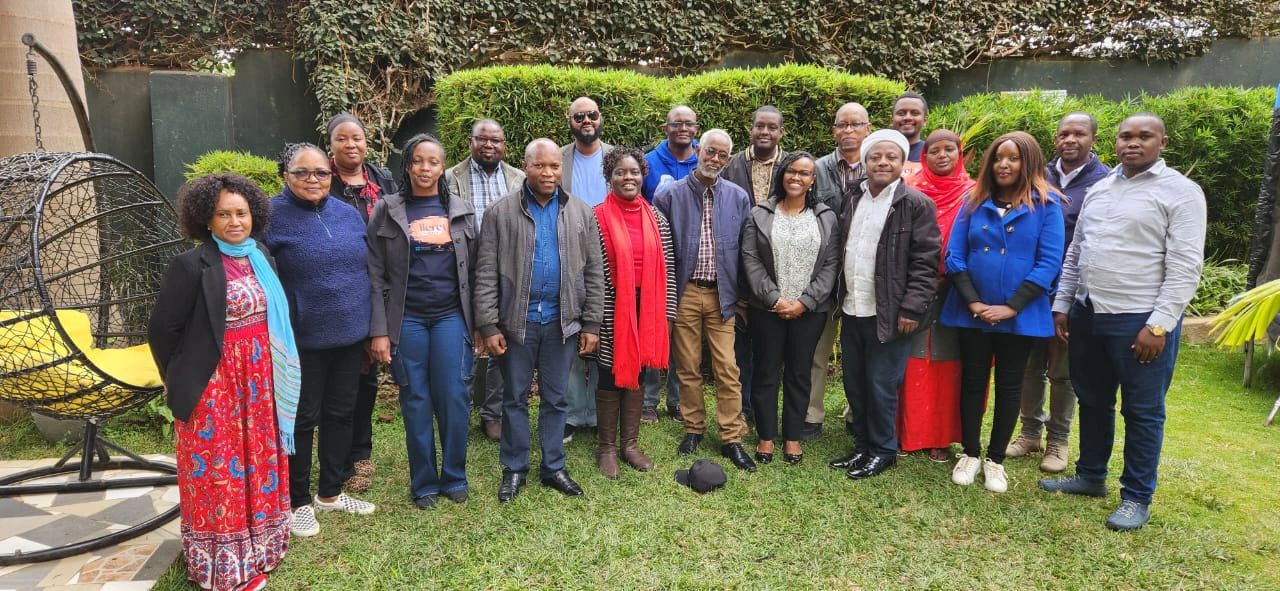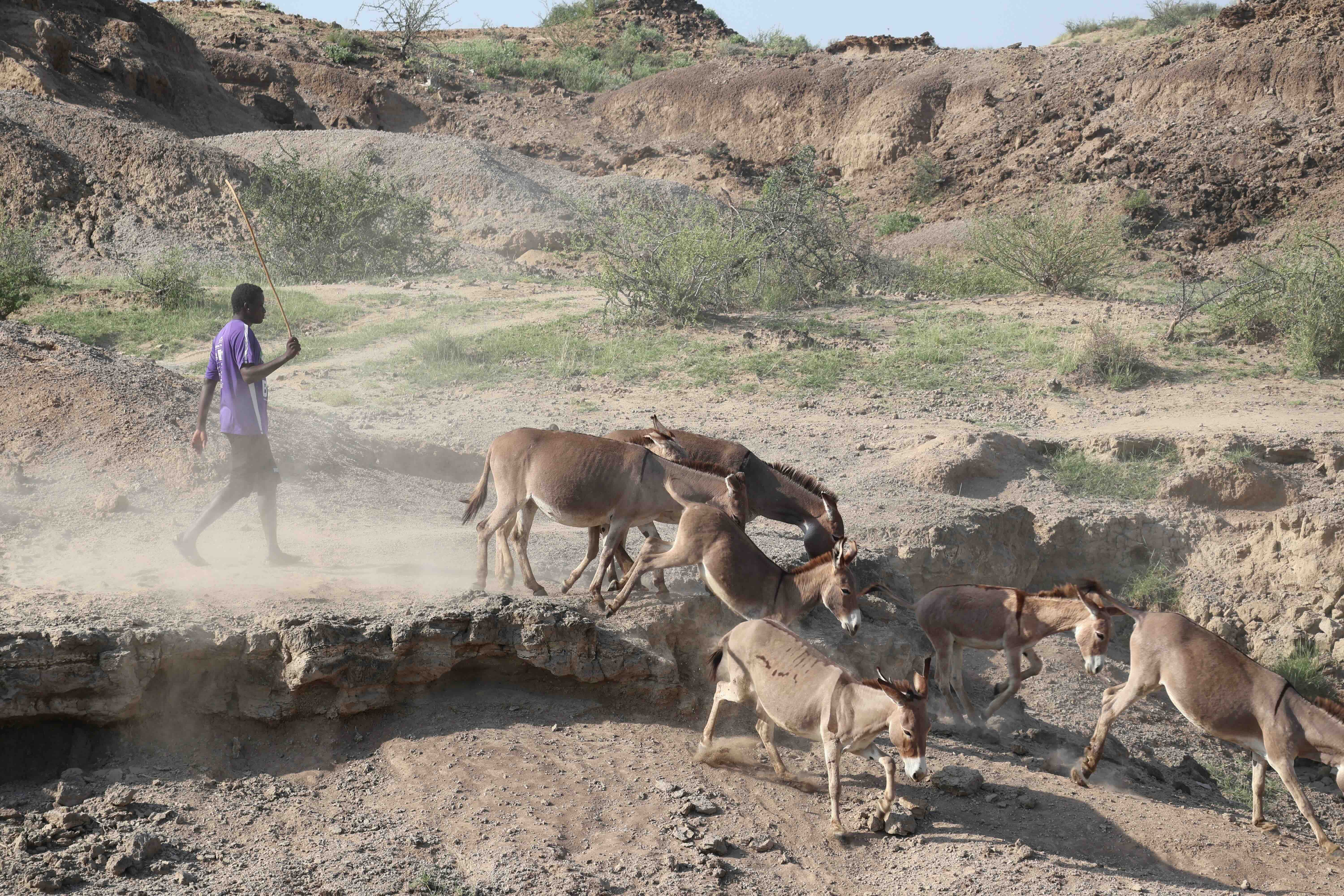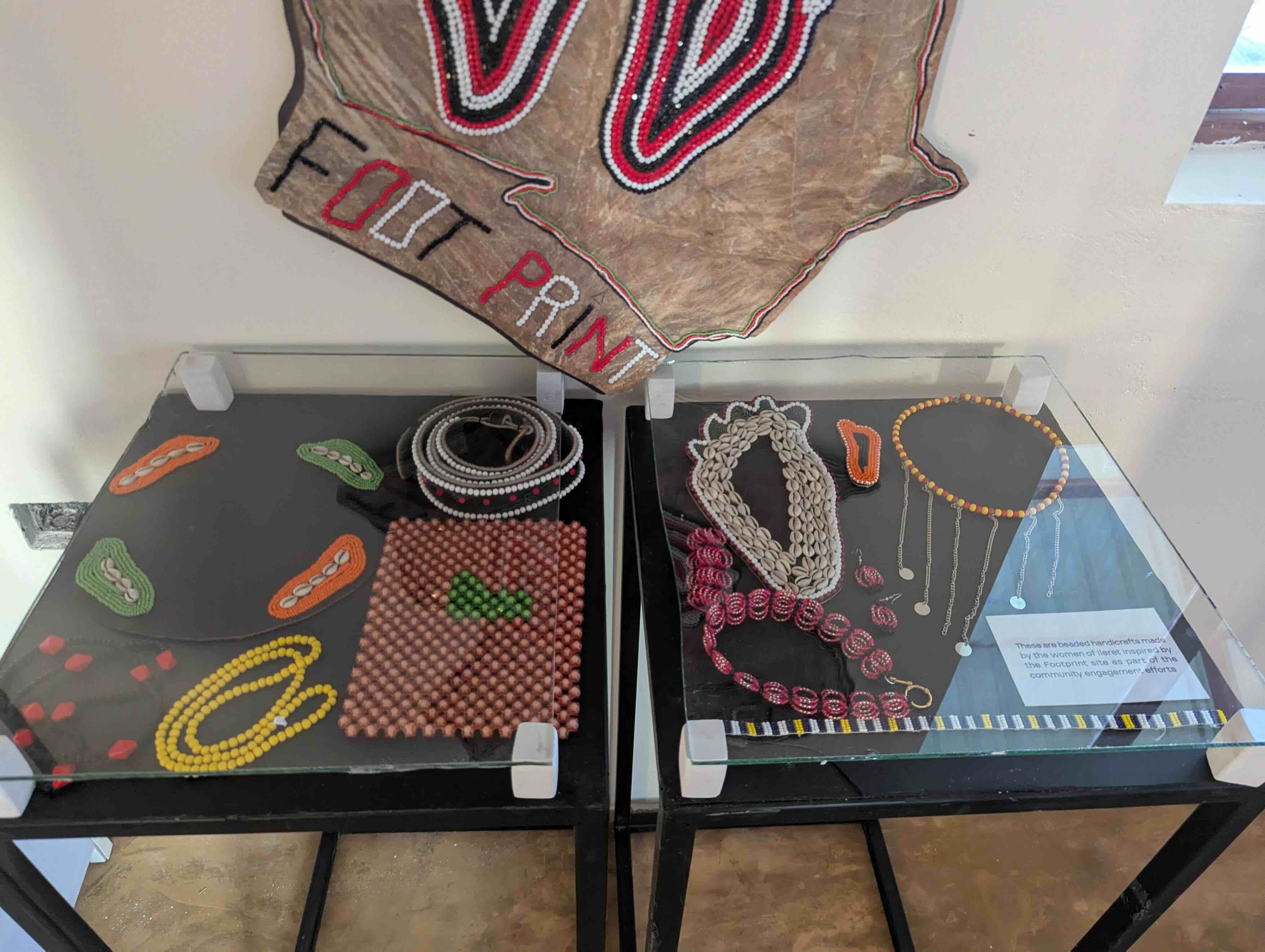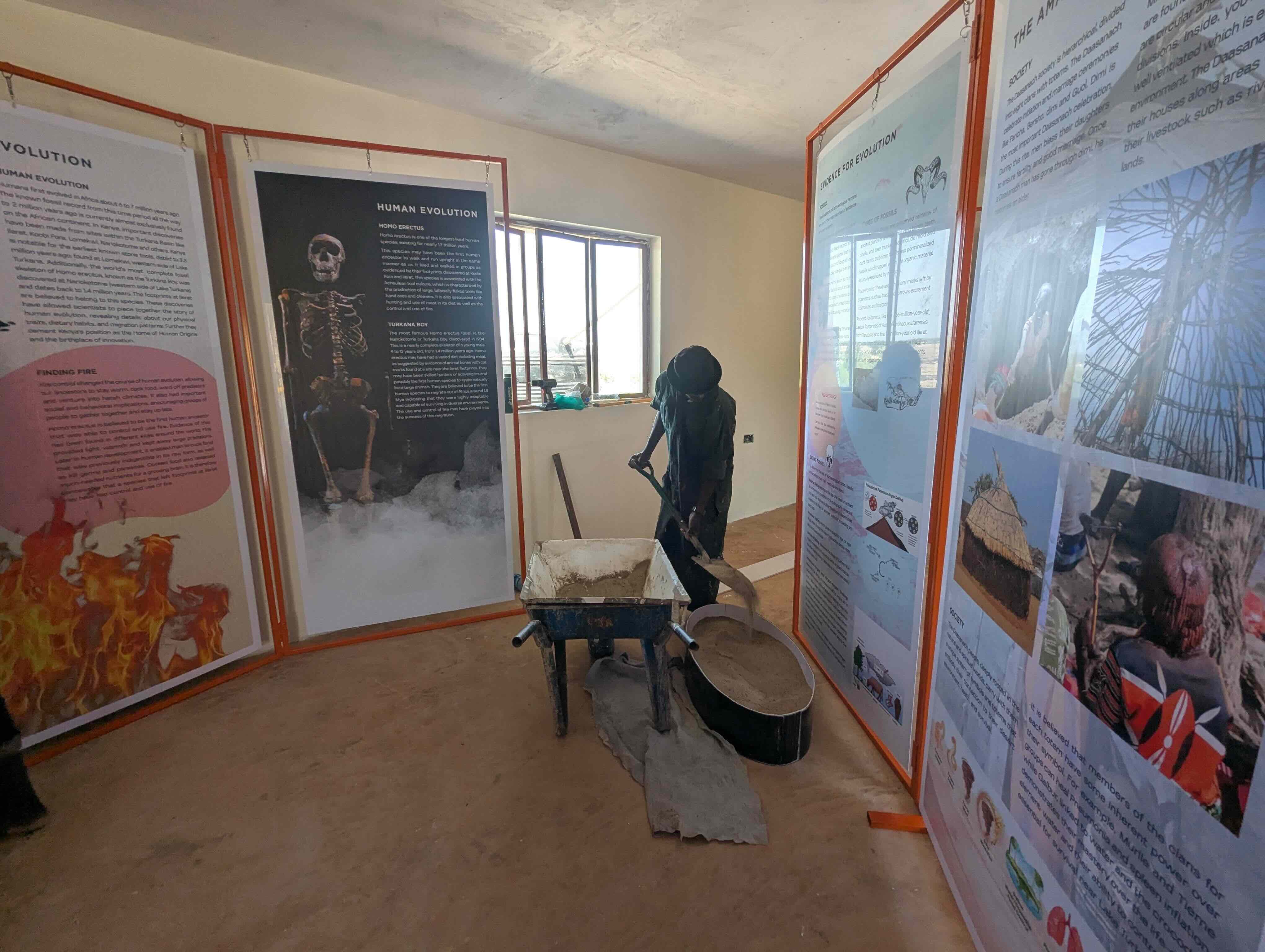Heritage can be an adaptation action for communities most at risk from climate change


Hear from Dr. Salma Sabour
Heritage custodians can take an active role in enhancing the resilience of communities most exposed to the impacts of climate change. In our very first Preserving Legacies Global Forum, our Ileret Footprint Project Site custodians, Albert Otieno and Betty Karanja, shared how they, together with the larger Ileret project team, were leading these efforts with the pastoral Daasanach community in Marsabit County, Kenya. By helping them diversify their income and guiding them to safeguard and document their knowledge and practices, they helped to enhance the community’s resilience, rendering them less vulnerable to threats to their livelihoods.

How climate change is threatening the livelihood of Kenya’s Daasanach people
Climate change is disrupting traditional practices and threatening livelihoods at an increasing speed, and this is especially true for pastoral nomadic or semi nomadic communities, like the Daasanach. They are facing lasting droughts, which are getting longer and more frequent. This is creating conflict and competition for water and grazing resources with neighboring communities including the Gabra, Turkana, Amarakoke from Ethiopia.
“The droughts are more severe these days. A few years ago, when there was a drought, we could see green pastures over the hills and take our animals to graze there and later return here for water. Unfortunately, that no longer happens. We have not received water for more than two years. The land is completely dry” - Community Elder
To survive a recent two year-long drought, the community resorted to international and national aid, and some even moved to work in other counties or areas so they could send money to help their people survive through these challenging times. While these are unfortunate solutions, the heritage sector can play a more proactive role in enhancing community resilience so that people don’t have to leave their homes.
Diversifying Income as Adaptation
One proactive solution where heritage can play a role is to help diversify income for at-risk communities. This is especially important for communities who are nomadic and depend on the rainfall for grazing lands. Albert explained how the team is helping lead a program to provide training and create job opportunities to community members. This has helped create new sources of revenue while valorizing their culture and know-how. As a result, more and more people sell their craft, work as tour guides, and use new technologies.

We realized that they traditionally make beads. But they used to make beads for themselves, or a mother would make beads for her daughter or her son. Last year, the women were trained on how to elevate and improve their beads so these are products that they can sell and export as a way of generating income. Young people were trained on digital literacy, so they can digitise their own heritage, both cultural and natural, and they’re also trained on tour guiding” - Albert Otieno
“It is important to note that for the beadwork, these are crafts that they were already practicing. The team has only helped them to finesse their products so that they are appealing to outsiders as well. This will ensure a market for them beyond their community. Part of the project also involved providing them with the requisite materials to be able to produce the bead products.” - Betty Karanja
Documentation & Elevation as Adaptation
In parallel, the program brought together stakeholders including members of the local community to build a cultural center at the Ileret Footprint Project Site. The interpretation Center is the repository of all the necessary information about the footprints and the science of walking. It also includes information on the local culture, environment as well as effects of climate change both on the site and to the community.
“As we were looking at the collections within the National Museum of Kenya, we realised that the cultural artefacts and customs of the Daasanash have never been documented. We do not have a single object from the community. So we decided to build a cultural center so they would be able to preserve and display their heritage.” - Albert Otieno

Sometimes it takes an outsider’s perspective and interest to see the value of our everyday objects, traditions and our continuous heritage through new eyes. Heritage practitioners can go a step further by encouraging communities to come together to lead a documentation project so their collective stories can be shared, and their unique traditions and knowledge can be safeguarded. This ensures that, even if we might need to transform or give up some traditions, their memory will live on and the next generations will not lose pieces of our collective heritage.
“This whole process has left me quite inspired. It is one of the few projects that has taken into account the community needs, as well as involving a very diverse and wide range of stakeholders, to ensure that all voices are heard and respected.” - Betty Karanja.
Délie Ronsin-Quéchon is the Inishgts Coordinator of Preserving Legacies. She leads the creation and continuous development of a robust knowledge base on climate change and cultural heritage, and the dissemination of this knowledge through policy and the Community of Practice. Prior to the Insights Coordinator position, Délie joined the ICOMOS Secretariat in June 2022, as Project Assistant and was charged with following-up the administrative and financial aspects of ICOMOS’ projects, and supporting their coordination. ICOMOS is the lead coordinating partner and financial manager of the Preserving Legacies project grant. Her past experiences also include coordinating national and international projects linking Cultural Rights, Climate Action, Territorial Cooperation and Social Economy within a network of cultural associations.



